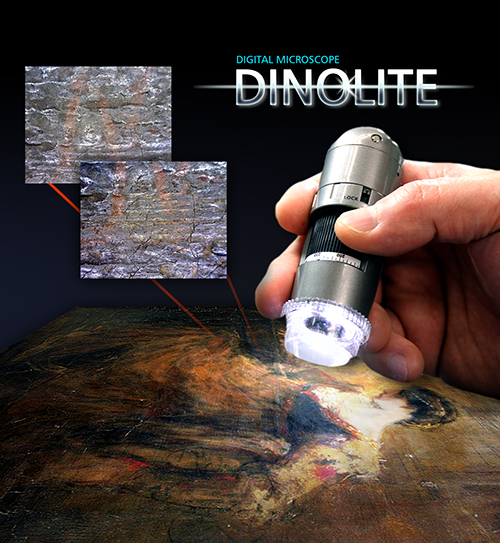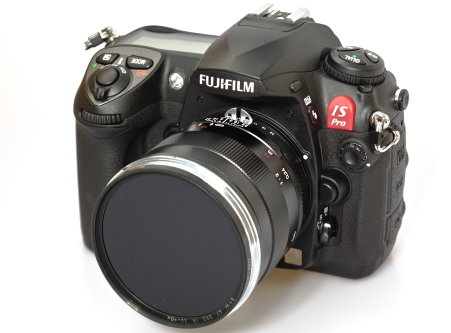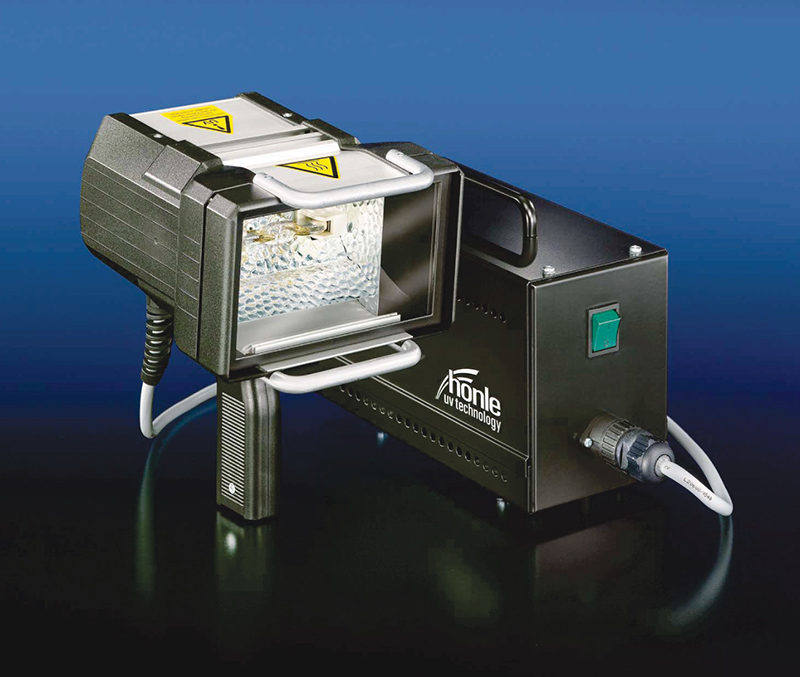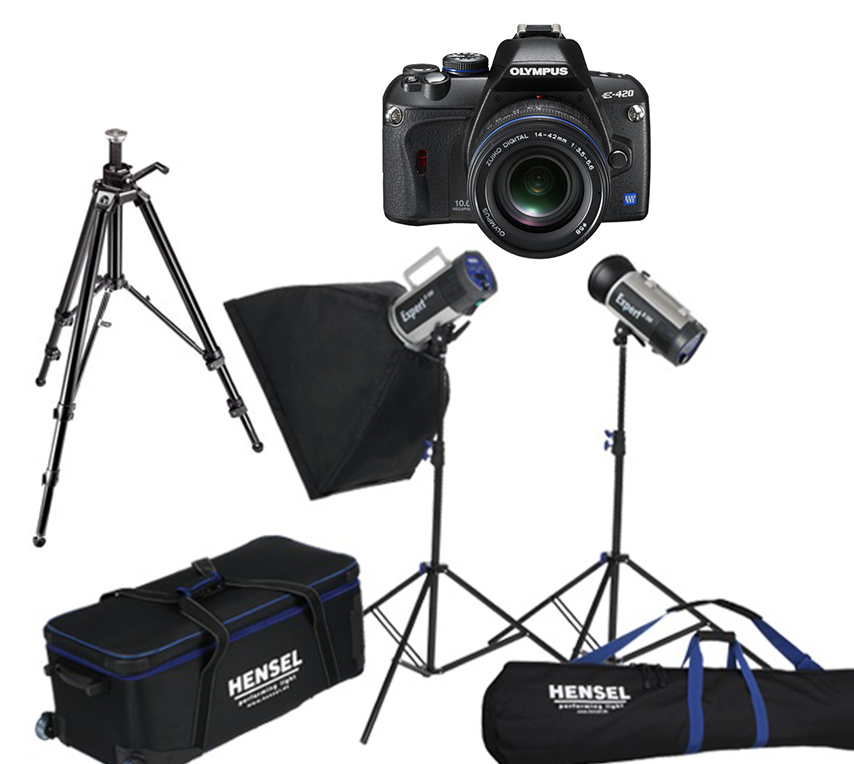Digital Measuring Microscope Dino - lite
 In its effort to provide integrated micro-scoping testing facilities for the certification of the authenticity of art objects, the NIKIAS Research Center owns and employs a Digital Measuring Microscope manufactured by Dino-Lite which is connected via USB and special software to a computing device, and makes possible a two-dimensional visual check in hard to reach surfaces with a magnification range from x50 up to x500.
In its effort to provide integrated micro-scoping testing facilities for the certification of the authenticity of art objects, the NIKIAS Research Center owns and employs a Digital Measuring Microscope manufactured by Dino-Lite which is connected via USB and special software to a computing device, and makes possible a two-dimensional visual check in hard to reach surfaces with a magnification range from x50 up to x500.Infrared Photography
 Infrared Photography allows the study of covered layers of a painting including the detection of the original drawing, if it exists, signatures, changes to the original design, damage and subsequent alterations. Any covered layer of paint becomes visible in the infrared spectrum only if there is no preparation layer between itself and the layer painted on top of it.
Infrared Photography allows the study of covered layers of a painting including the detection of the original drawing, if it exists, signatures, changes to the original design, damage and subsequent alterations. Any covered layer of paint becomes visible in the infrared spectrum only if there is no preparation layer between itself and the layer painted on top of it.This detection is based on the infrared absorption properties of the coloring substances. For example, the white coloring substances become transparent, the red become semi-transparent, the carbon-rich black pigments are highly absorbent and become opaque while the brown become less opaque. It must be noted that the penetrability of the infrared radiation increases in proportion with the age of the examined work because the refraction index of materials increases as time goes on.
The final result depends on the composition of the mixture of the coloring substances, their coating properties, the existing layers of painting and the binding agent. For paintings drawn on canvas or thin wood surfaces an effective method for the detection of painting layer is to photograph the painting from the back side after lighting the front side with a strong light source.
The usefulness of infrared photography for the maintenance of works of art also lies in the fact that it is a totally safe method for the investigation and study of works of art because it does not cause damage or alterations on their surface or the structure of their materials. Infrared photography allows us to locate information that is not otherwise visible.
X Ray Photography and Ultraviolet
 Ultraviolet light is also called black light because its radiation is not visible to the human eye. From photos taken in ultraviolet light, the reflection and fluorescence properties of different substances allow us for example to detect forgeries. In 1895 the physicist Roenden discovered X-Rays and their ability to penetrate and alter photographic plates.
Ultraviolet light is also called black light because its radiation is not visible to the human eye. From photos taken in ultraviolet light, the reflection and fluorescence properties of different substances allow us for example to detect forgeries. In 1895 the physicist Roenden discovered X-Rays and their ability to penetrate and alter photographic plates.Because of the high degree of penetration of the X-rays this type of photography was used immediately by doctors, engineers, for the detection of faulty welds and also in the study of very old paintings.
Photographic Studio
In the Nikias Research Center the experience of specialized analysts of art works is combined with scientific research and ultramodern test equipment. Our final conclusions are not limited to personal knowledge and experience because even art experts have been known to have arrived to faulty conclusions, in good faith.
With a methodology that includes a well established series of scientific tests we obtain a set of measurements which are then analyzed and interrelated by our specialized technical personnel who then arrive at well documented and irrefutable conclusions.
Our measurements can easily be verified by any other laboratory or testing facility that offers similarly integrated services.
With a methodology that includes a well established series of scientific tests we obtain a set of measurements which are then analyzed and interrelated by our specialized technical personnel who then arrive at well documented and irrefutable conclusions.
Our measurements can easily be verified by any other laboratory or testing facility that offers similarly integrated services.
















